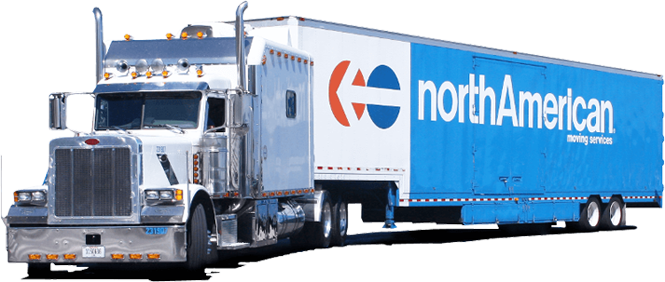

- #Ward trucking freight tracking drivers
- #Ward trucking freight tracking driver
- #Ward trucking freight tracking full
- #Ward trucking freight tracking series
#Ward trucking freight tracking drivers
Once back at the local terminal, the LTL terminal will unload the local driver's shipments, then re-consolidate them with other shipments from other local drivers based on the shipments' final destinations.ĭedicated linehaul drivers then haul a trailer of consolidated shipments from the origin terminal to the applicable destination terminal.ĭepending on the carrier's network, the product may stop at multiple terminals before reaching its destination terminal.
#Ward trucking freight tracking driver
Once the local driver is empty, they will make pick-ups from various shippers in a loosely defined origin area, then return to their local terminal in the late afternoon or early evening. These shipments going out for delivery either arrived via linehaul from another terminal, or were local pickups made earlier by that local terminal. Local drivers (AKA city or pick-up and delivery (P&D) drivers) head out each morning to deliver shipments from their local terminal. Here’s an overview of how an average hub-and-spoke LTL network operates. Though models vary by carrier type, many National LTL carriers operate on hub-and-spoke models.Ī hub-and-spoke model means that shipments travel through a network of “hub” facilities where they are consolidated with other shipments, and "spoke" drivers handle first-mile pickups and final-mile deliveries. One Carrier, Multiple Hubs: How an LTL Network Operates (in 5 Steps)


#Ward trucking freight tracking full
capital expenditure), and as a result LTL carriers are typically larger than almost all full truckload providers.Ĭompared to the full truckload market, the barriers to entry into the LTL market are much higher.

If you're shipping six pallets or less and generally up to 10,000 lbs., LTL is a great option for your freight. Less than truckload (LTL) shipping is a cost-effective and efficient way to move orders that do not take up a full truck's worth of space.
#Ward trucking freight tracking series


 0 kommentar(er)
0 kommentar(er)
